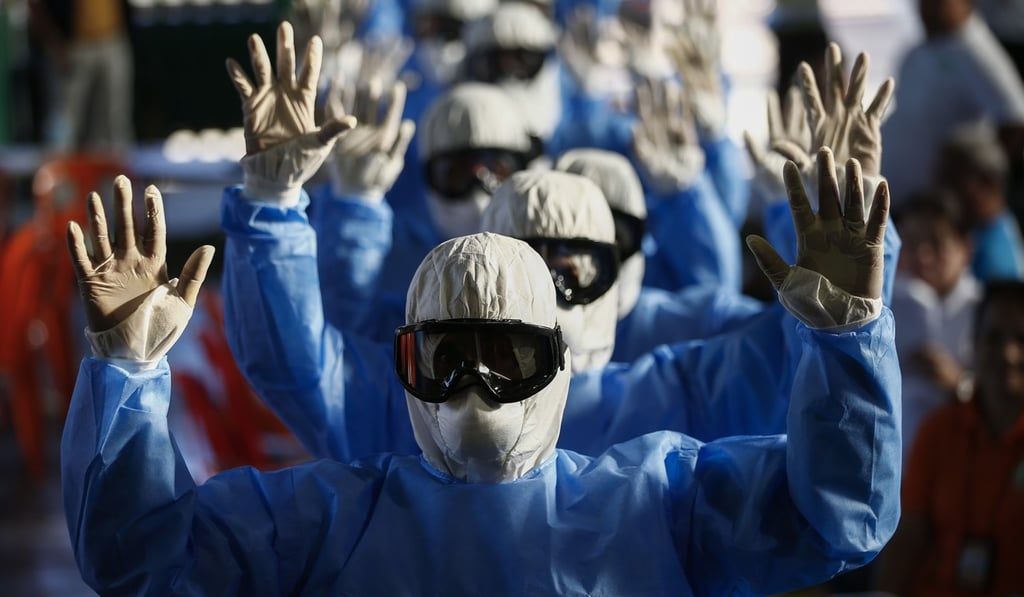Advertisement
Opinion | Coronavirus tsunami could drown Southeast Asia, with its effects rippling across the globe
- Few Southeast Asian states have the resources, wealth and government capabilities to respond to a pandemic that even the richest nations are struggling to defeat
- The region’s economic partners and multinational organisations must act swiftly to address the shortage in medical supplies and provide funding aid
Reading Time:4 minutes
Why you can trust SCMP
0

In Southeast Asia, a region of some 655 million people, a humanitarian catastrophe looms as the Covid-19 pandemic advances and economies falter.
The number of officially confirmed cases across the region is lower than the hardest-hit parts of the world. But these numbers are accelerating and the reported figures will represent only a fraction of the true number of infections.
Even if the virus proves to do less well in warm climates, Southeast Asia has all the ingredients for larger-scale transmission – mostly weak public health systems, crowded cities, still deep pockets of poverty and significant migrant worker flows. Although now significantly reduced, tourism has been another vector.
The danger is clear and present. The World Health Organisation has called on Southeast Asian governments to urgently implement more aggressive measures to stop the virus spreading.
The response has been mixed, a patchwork of measures covering international travel restrictions, social distancing measures and partial lockdowns. Apart from Singapore, testing and tracing levels remain very low, although some regional countries are trying to ramp these up. In most countries face masks and other essential medical equipment are in short supply. Doctors are dying.

Advertisement
